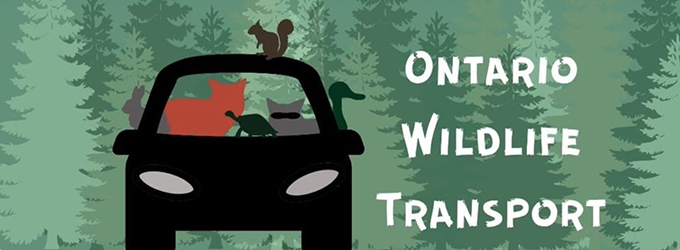Reproduction: Females have one or two litters per year. Up to 13 are born in an underdeveloped state. When the babies are born they are about the size of a dime, furless and blind. It takes about two months before the babies are able to exit the pouch for short periods. During this time, the young will grasp onto their mother’s back and be carried in a “piggyback” fashion.

Diet: Are omnivorous and opportunistic feeders, eating a variety of plant and animal matter. Will eat invertebrates such as insects and worms, small mammals, leafy matter from grasses and woody plants, and soft mast such as berries. Opossums have successfully adapted to foraging through garbage for human food.
Species Information:
Opossum is primarily a nocturnal species, foraging from dusk to dawn; however, in the winter, they sometimes switch to daytime foraging due to warmer daytime temperatures and scarcity of food. As a defense mechanism, “playing possum” or “playing dead.” opossums go into a curled up, catatonic state, appearing to be dead. They emit a foul-smelling substance from their anal glands, mimicking the smell of decaying flesh. While in this state, the opossum’s heart rate decreases, allowing them to “play dead” for up to six hours. Opossums are travellers and will not stay in the same area for a long time.



